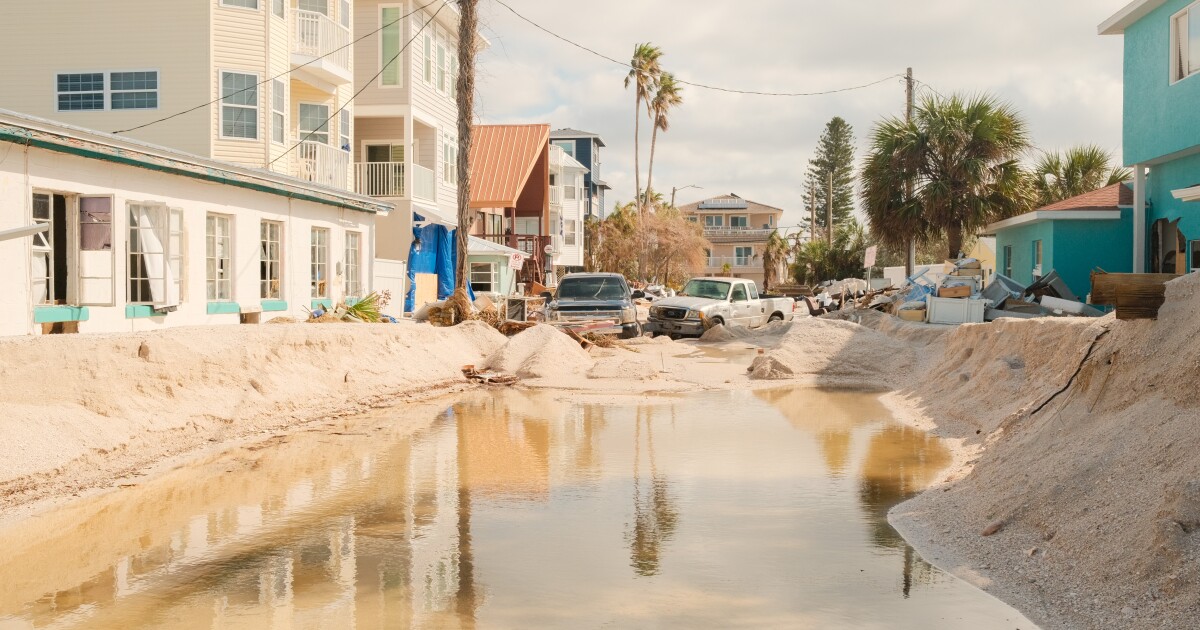
The recent decline in interest rates brought
Median monthly payments for new loan applications in November fell 2.8% to $2,137, according to the Mortgage Bankers Association's latest purchase applications payment index, or PAPI. In October,
The latest median amount is the lowest mark since April this year. Meanwhile, the national PAPI, which measures affordability based on how payments stack up against income, came in at a reading of 170.9 in November, down from 175.9 a month earlier, with a decrease indicative of easing conditions.
Affordability improved in November at the same time the average 30-year mortgage rate fell by over 50 basis points during the month, according to
Hints that a further retreat in rates is likely on the horizon came last week from the Federal Reserve's Open Market Committee meeting. The news provided a
"MBA expects that affordability conditions will continue to improve as mortgage rates decline, which should generate increased demand heading into the spring home buying season," said Edward Seiler, associate vice president, housing economics at the association and executive director of the Research Institute for Housing America, in a press release.
MBA's data found median payments decreasing across all tiers of borrowers with the amount for conventional loans falling 3.2% month-over-month to $2,137 from $2,208. But November came in higher by 7.2% from $1,994 a year ago.
For applications backed by the Federal Housing Administration, the median dropped to $1,902 last month, a 2.7% fall compared to October's $1,955. Year-over-year, it surged 16.6% from $1,631.
Buyers of new constructions saw their payment amounts slide to $2,597 in November from $2,672 the prior month, a decline of 2.8%,
Still, recent developments cannot change the fact that 2023 was "the least affordable year for home buying," according to online real estate brokerage Redfin. Only 15.5% of homes for sale this year were considered affordable in the markets it tracked. A listing is deemed unaffordable by the brokerage if monthly payments make up more than 30% of local median income.
But
"We'll likely see a jump in home purchases in the new year as buyers take advantage of lower mortgage rates and more listings after the holidays," said Redfin senior economist Elijah de la Campa.
Echoing MBA's and Redfin's findings was Attom's latest quarterly affordability report. While the real estate data provider saw housing expenses stabilize between third and fourth quarters, the leveling off comes after almost three years of rapidly decreasing affordability, burdening recent homeowners with payments much higher than historic norms. The percentage of average wages now required across the country for mortgage payments, property taxes and insurance rose approximately 3% from a year ago and 12% from early 2021, it said.
"The good news is that home affordability has stopped getting tougher around the U.S., at least for the moment. The bad news is that owning a home remains more of a financial stretch than it's been for many years," said Attom CEO Rob Barber.
Attom found expenses for a median-priced property in the U.S. currently demand 33.7% of the average homeowners' wages. But conditions varied greatly by market. In just a little more than one-third of the 580 counties analyzed by Attom, monthly homeownership costs demand at least 43% of average local wages.
"Even though there are signs of better times for buyers this quarter, the high expense-to-wage ratio is still a stretch in most of the country for average workers who don't have a lot of other financial resources like significant savings or investments," Barber said.
Markets on the East and West Coasts require the largest portion of average local wages to buy a single-family home, led by Brooklyn, New York, at 114%. It was followed by four California counties — Santa Cruz, Marin, San Luis Obispo and Monterey, where a new buyer will need to spend 112.2%, 109.8%, 103.9% and 100.8% of average annual wages, respectively.



